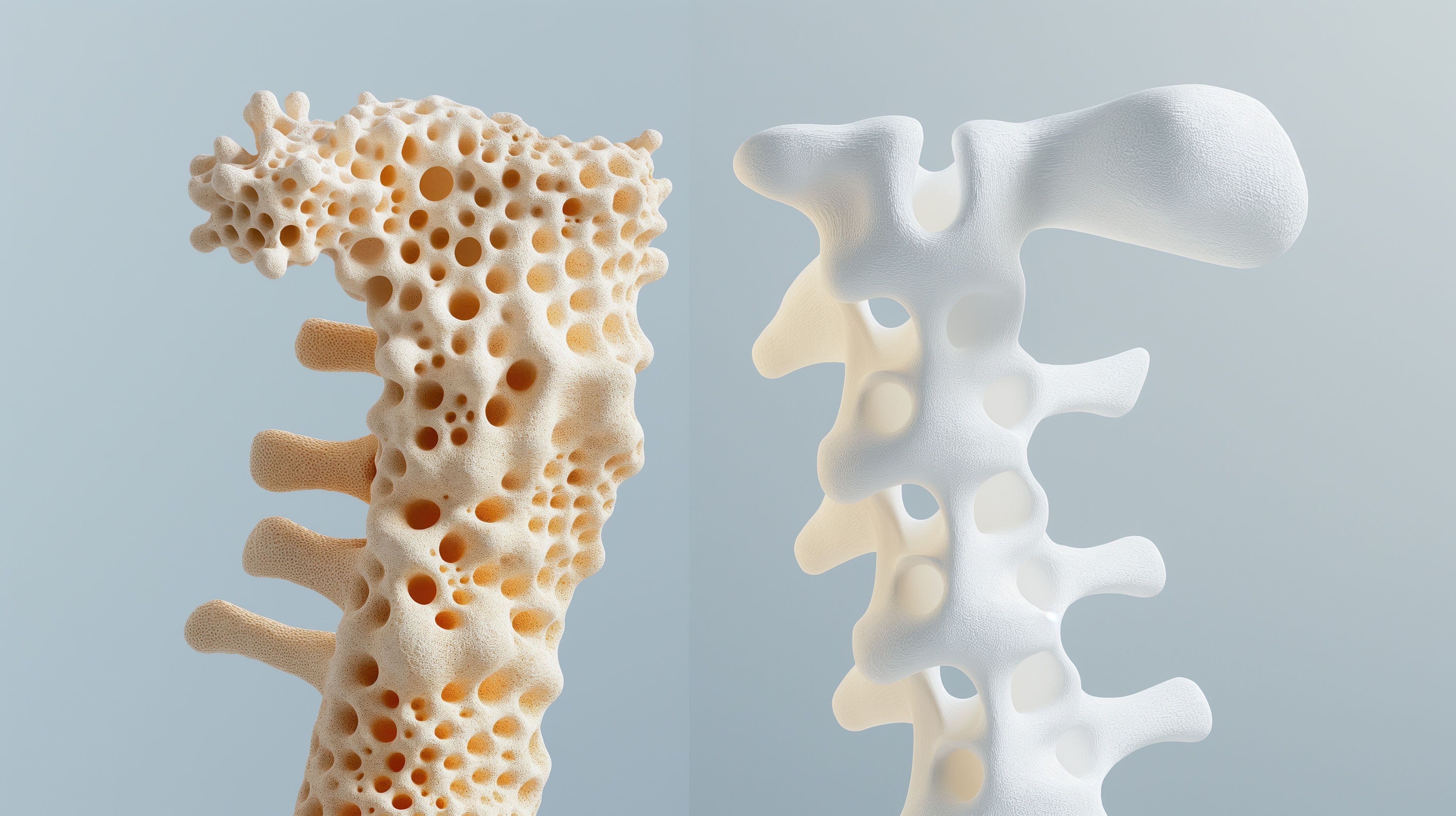Article
Originator Drugs Experience Price Drops When Multiple Biosimilars Are Added to Reimbursement Lists
Author(s):
The price of reference products reduced each time a new biosimilar was added to a drug program’s reimbursement list, supporting the notion that reimbursing biosimilars creates more competition and lowers drug costs, according to a Polish study.
Introducing multiple biosimilars to reimbursement lists was found to decrease prices for the originator with each new biosimilar added, according to a Polish study published in the International Journal of Environmental Research and Public Health.
The study highlights the potential pricing effects that biosimilars could have if they are reimbursed and could inform health care decisions on whether to add biosimilars to reimbursement lists, especially in countries with a public payer option.
“Ultimately, the obtained reduction may enable the public payer to achieve the expected cost savings with regard to particular drug programs, even if the original drug is still used in therapy. These savings are crucial since the public payer is incurring full expenditure,” wrote the investigators.
Drug plans in Poland are developed by the Ministry of Health and managed by the National Health Fund, the country’s public payer. In 2018, the country had 92 drug programs.
When biosimilars are given reimbursement opportunities alongside reference products, competitive conditions are created, leading to originator manufacturers lowering their prices. However, the impact of introducing biosimilars, both first and subsequent ones for the same molecule, to reimbursement lists on originator prices has not been extensively explored.
In March 2020, the investigators selected 3 originator drugs to analyze for price changes: adalimumab (Humira), infliximab (Remicade), and trastuzumab (Herceptin). For selection, the reference drugs had to have marketing authorization in the European Union, at least 3 available biosimilars, and coverage alongside its biosimilars through a reimbursement program.
To analyze price changes, data from 47 reimbursement lists published between July 2012 and March 2020 were examined. If 2 biosimilars for the same reference product were added to a reimbursement list at the same time, the investigators only analyzed the lowest-cost biosimilar. Only price changes resulting from biosimilars entering reimbursement were examined. Price changes caused by other events were excluded.
Overall, biosimilars caused the price of the originator to decrease 64% by March 2020. In July 2012, Humira was priced at 55.58 zł.
When the first biosimilar, Imraldi, was added to the reimbursement program in January 2019, Humira’s price decreased by 53% to 26.28 zł. In March 2019, the introduction of Amgevita and Hyrimoz, of which only Hyrimoz’s entrance was analyzed, caused the price of the originator to drop another 3% to 25.52 zł. The final biosimilar to be introduced was Idacio in March 2020, which caused the originator’s price to fall by 5.50 zł, a 22% reduction.
The introduction of 4 infliximab biosimilars caused an overall 62% price reduction for the originator by March 2020. In July 2012, the price of Remicade was 22.62 zł for 1 mg of the active ingredient.
Remsima and Inflectra were both introduced in January 2014 and resulted in a price reduction of 7.32 zł, a 33% drop. In January 2018, Flixabi was introduced and did not bring about any price decreases to the originator until 6 months, when the price fell 30%. Zessly was added to the drug program in March 2019 and produced an originator price reduction of 1.87 zł, an 18% dip.
Trastuzumab biosimilars contributed to an overall 59% decrease in the originator’s price. The price of Herceptin prior to biosimilar introduction was 19.26 zł.
Introduction of the first biosimilar, Kanjinti, in July 2018 caused a drop in the originator’s price of 0.64 zł. The price dropped again in March 2019 by 0.93 zł with the introduction of Herzuma and Ontruzant, of which only Herzuma was analyzed. Ogivri was added to the reimbursement list in July 2019, causing the originator’s price to drop another 0.98 zł (9%). When Trazimera was added to the list in September 2019, the originator price was reduced by 1.52 zł (15%). The fifth biosimilar-related price drop occurred when a new dose of Ogivri was added to the list in March 2020, which produced a 9% price decrease.
“There is no rule as to which biosimilar entering a reimbursement list would cause the largest price reduction. However, each successive biosimilar introduced to the reimbursement list entails another drop in the price of the original drug,” said the investigators.
Limitations of the study included that the data only concerned price changes for 3 reference drugs and that the data exclusively focused on reimbursement in Poland.
Reference
Barszczewska O, Piechota A. The impact of introducing successive biosimilars on changes in prices of adalimumab, infliximab, and trastuzumab—Polish experiences. Int J Environ Res Public Health. June 29, 2021;18(13):6952. doi:10.3390/ijerph18136952




